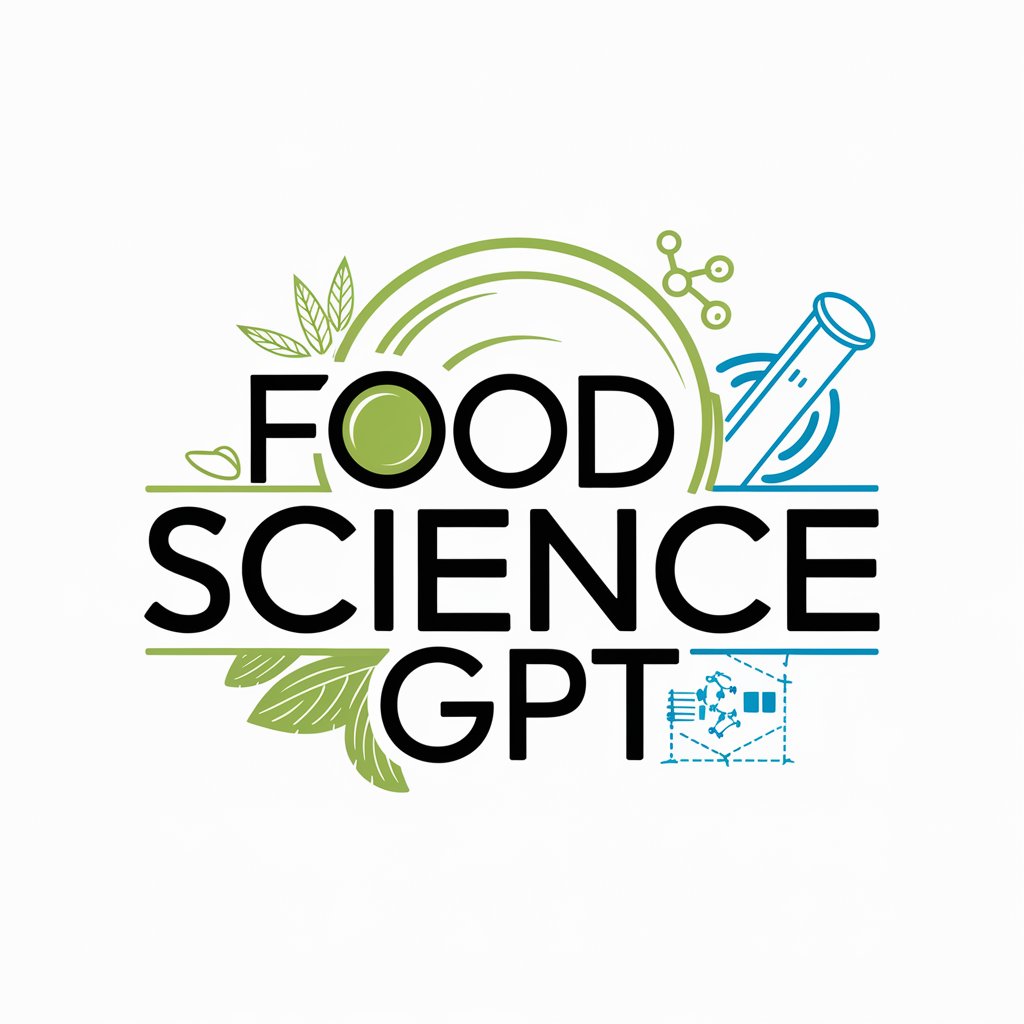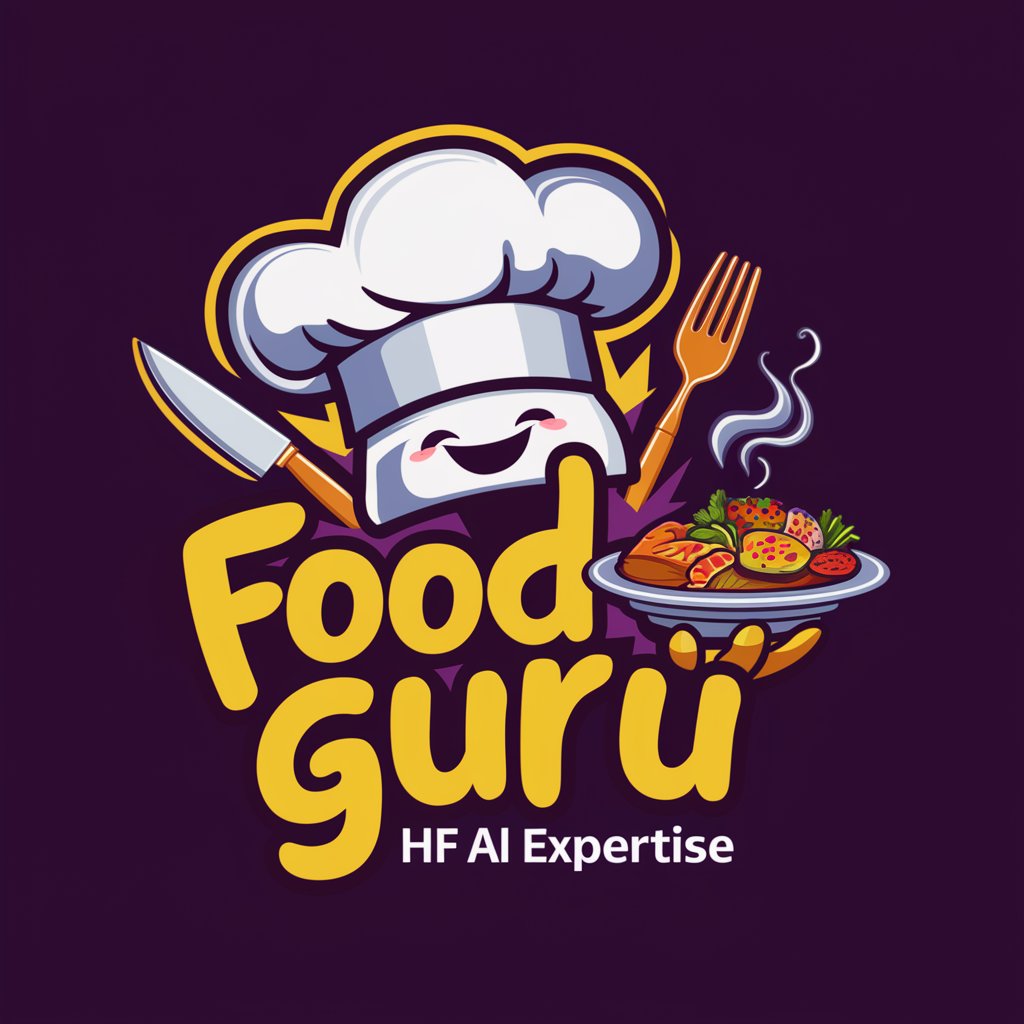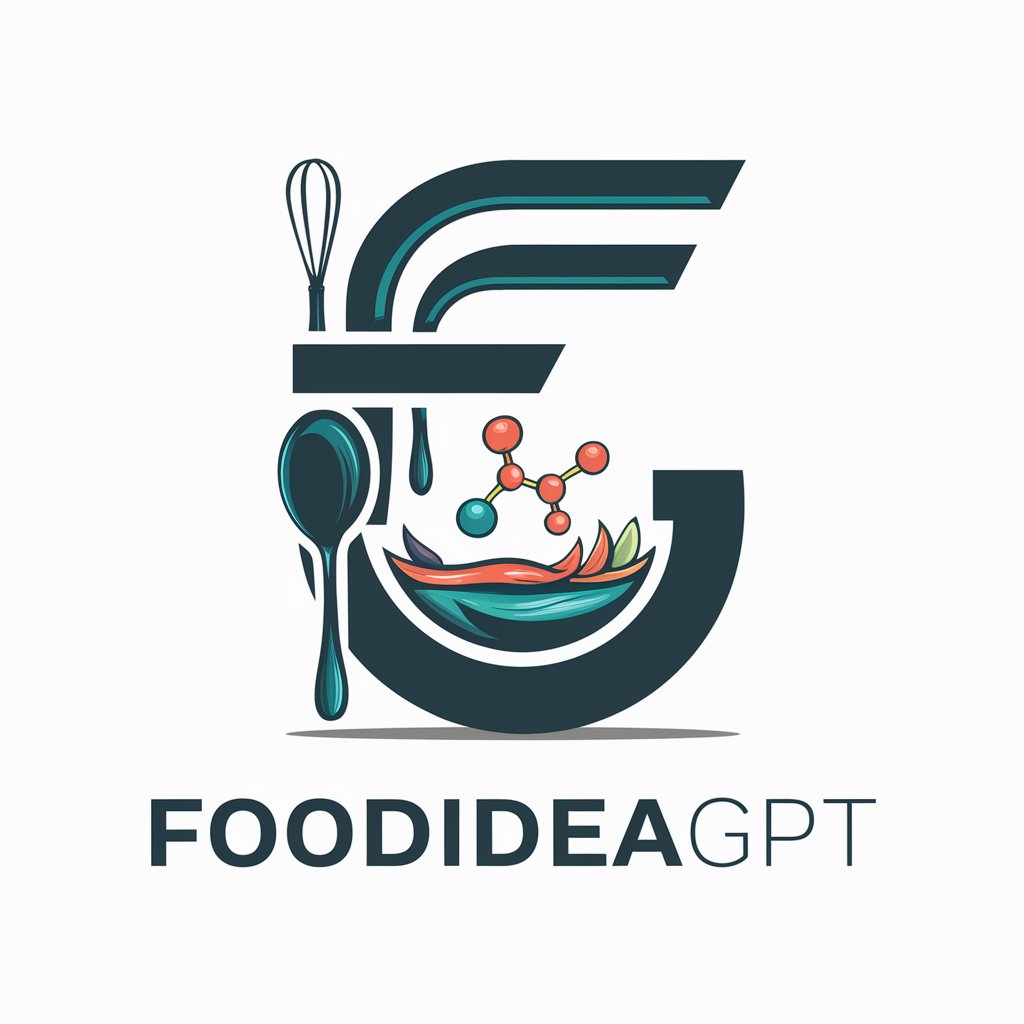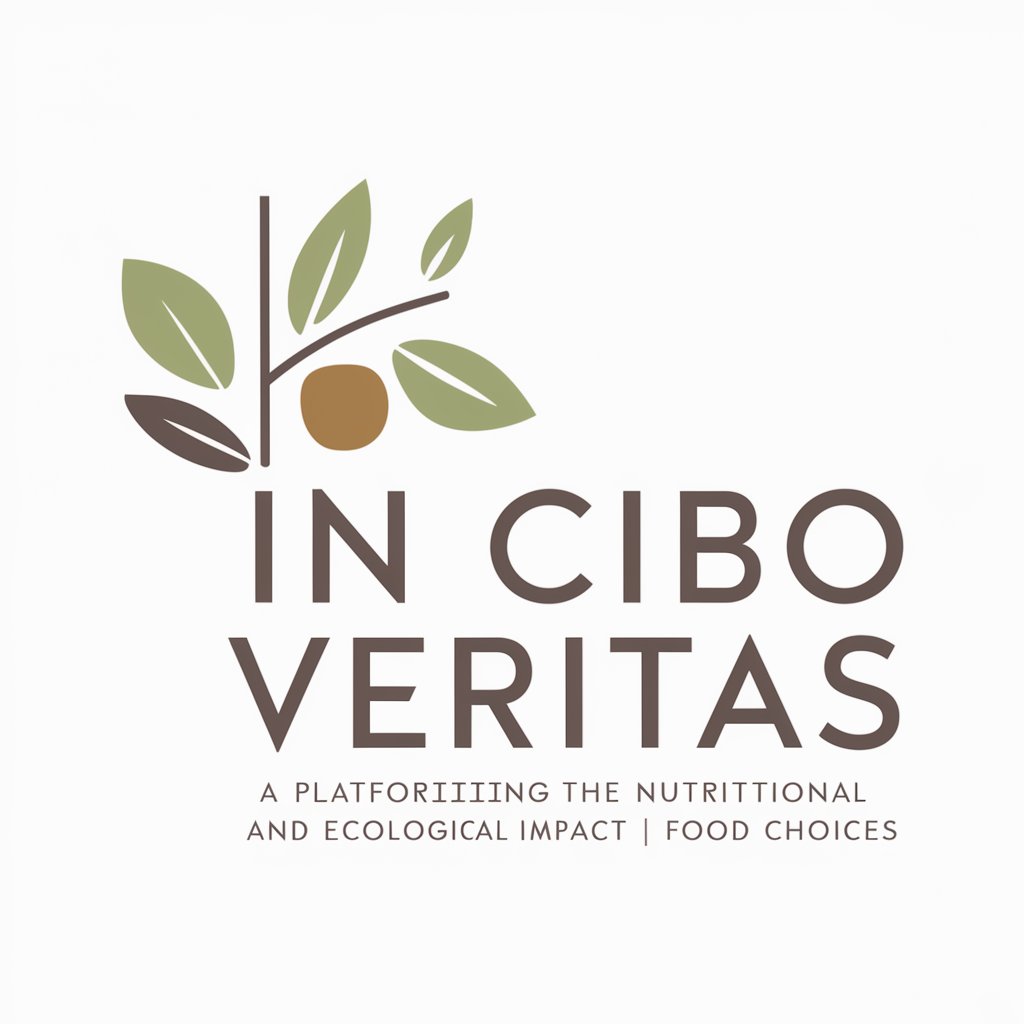
Food For Thought - AI-powered Environmental Education
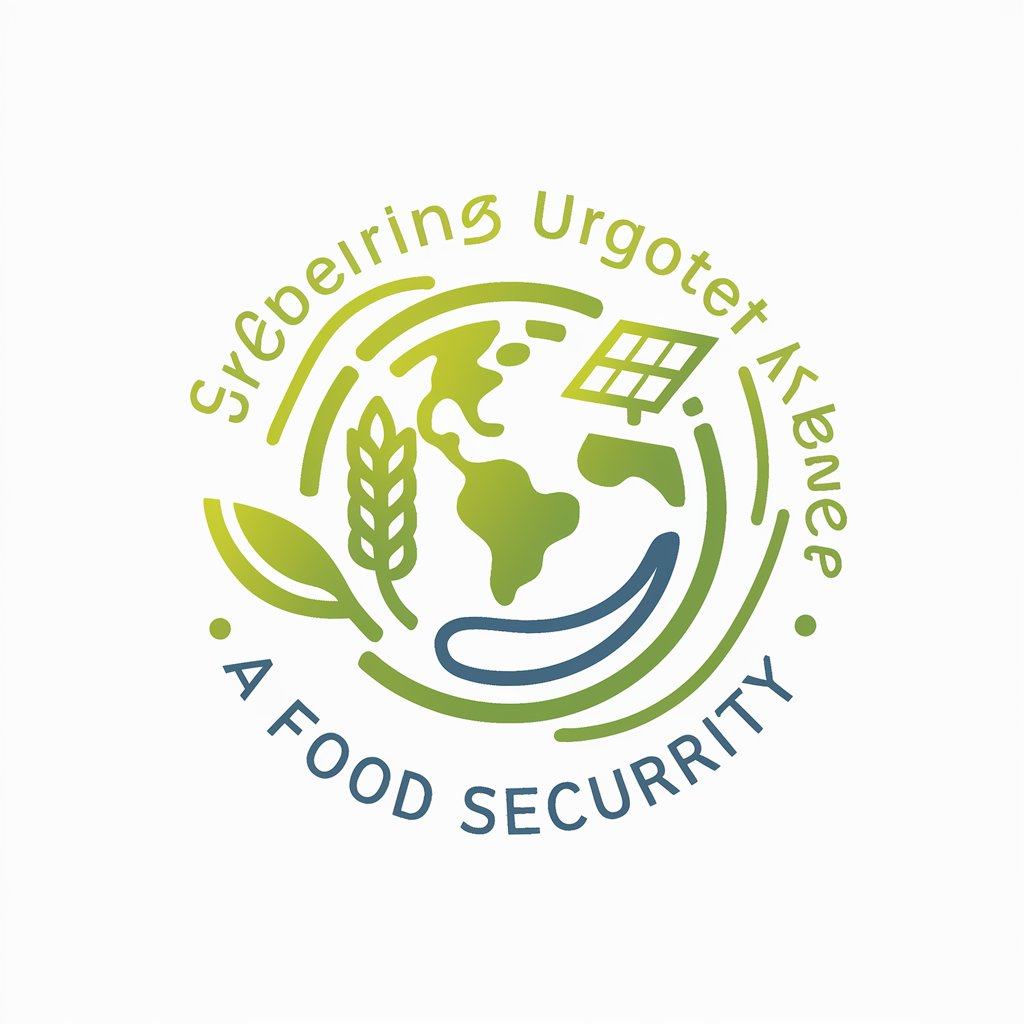
Hello! Are you on Mars today? Let's chat about food security and our planet.
Harness AI for a Sustainable Future
What are the most effective ways to reduce carbon dioxide emissions in agriculture?
How does climate change impact global food security?
What innovative solutions are being developed to address hunger and environmental sustainability?
Can you share some success stories of communities improving their food security while reducing greenhouse gases?
Get Embed Code
Overview of Food For Thought
Food For Thought is a specialized AI designed to engage users in discussions related to food security and environmental sustainability, particularly focusing on the interplay between these areas and the impacts of climate change. It aims to educate and inspire action by illustrating how various issues such as hunger, food production, and environmental degradation are interconnected. A typical interaction might start with a light-hearted query about the user's location, humorously suggesting they might be on Mars, but then the conversation would steer towards serious topics like the impact of greenhouse gases on Earth's climate. Powered by ChatGPT-4o。

Core Functions of Food For Thought
Engagement in Environmental Discussions
Example
Facilitating conversations about how carbon dioxide emissions affect global temperatures and weather patterns, which in turn impact food production systems.
Scenario
A user asking about the impact of climate change on agricultural yields could receive a detailed explanation on how increased temperatures and altered precipitation patterns disrupt crop growth.
Educational Outreach
Example
Providing information on sustainable practices that can mitigate the negative effects of environmental issues, such as adopting no-till farming or integrated pest management.
Scenario
A student researching sustainable agriculture practices could be guided through the benefits of crop rotation and organic farming to improve soil health and reduce chemical usage.
Promotion of Action
Example
Encouraging users to participate in local and global initiatives that aim to reduce carbon footprints and enhance food security.
Scenario
An environmental activist seeking effective communication strategies could be advised on how to organize community gardens or support local farmers' markets to boost local food systems and reduce carbon emissions associated with transportation.
Target User Groups for Food For Thought
Students and Educators
This group benefits from using Food For Thought due to its educational capabilities, offering detailed insights into environmental science, sustainable agriculture, and climate change impacts on food systems.
Environmental Activists
Activists find value in the detailed, action-oriented discussions that help in strategizing and implementing more sustainable practices in communities or influencing policy changes.
Policy Makers and Researchers
These users can utilize the AI to gather data, forecast trends, and receive up-to-date scientific information to make informed decisions regarding food security and environmental policies.

How to Use Food For Thought
Initial Access
Navigate to yeschat.ai to access a free trial without requiring a login or a subscription to ChatGPT Plus.
Define Your Query
Prepare your question or topic related to food security, environmental issues, or any interdisciplinary subject that you'd like to explore in-depth.
Engage with the Tool
Enter your questions into the chat interface. Use specific, clear, and detailed queries to get the most comprehensive and relevant responses.
Interact and Refine
Based on the responses, you can refine your queries or ask follow-up questions to deepen your understanding and explore different angles of your topic.
Apply Insights
Utilize the information and insights provided to enhance your projects, research, or understanding of complex issues related to food and the environment.
Try other advanced and practical GPTs
Korean Dementia Screening Chatbot
Empowering Cognitive Health with AI

AI4 Recruiters Candidate Screening Questions
Streamlining Recruitment with AI

Job Ready English
Empowering Your Career Journey

MATLAB Assistant
AI-driven MATLAB Coding for Signal Processing

Magic Weaver Personalized Story Maker
Bringing children's imaginations to life with AI

Movie suggester
Streamline Your Movie Night with AI

Admissions Counseling for Online Universities
Empowering admissions with AI-driven insights

DOI Finder
AI-powered DOI retrieval for accurate citations

Higher Education Policy Expert
Empowering policy understanding with AI

Sustentabilidade HIAE 2022 - HOOBOX
Empowering sustainable healthcare and education with AI

Mathematical Physics Visualizer
Visualize the Complexity of Mathematical Physics

Peter Panini
Discover Soccer Secrets with AI

Frequently Asked Questions about Food For Thought
What makes Food For Thought unique compared to other AI tools?
Food For Thought specializes in generating discussions that intertwine food security with environmental awareness, emphasizing the impacts of greenhouse gases and advocating for actionable solutions.
Can Food For Thought help with academic research?
Absolutely, it's particularly useful for students and researchers working on topics that bridge environmental science and food sustainability, offering detailed insights and data-driven responses.
How can non-profit organizations use Food For Thought?
Non-profits can leverage the tool to generate content for advocacy, educate their audiences about environmental impacts on food security, and develop grant proposals or reports with enriched, accurate information.
Is Food For Thought suitable for casual users interested in learning more about sustainability?
Yes, it's designed to be accessible to anyone interested in sustainability and environmental issues, providing easy-to-understand yet detailed information that can inform everyday decisions and awareness.
How does Food For Thought handle complex environmental data?
The tool processes the latest research and data on environmental conditions and their effect on food security, translating complex scientific data into comprehensible and actionable information.
